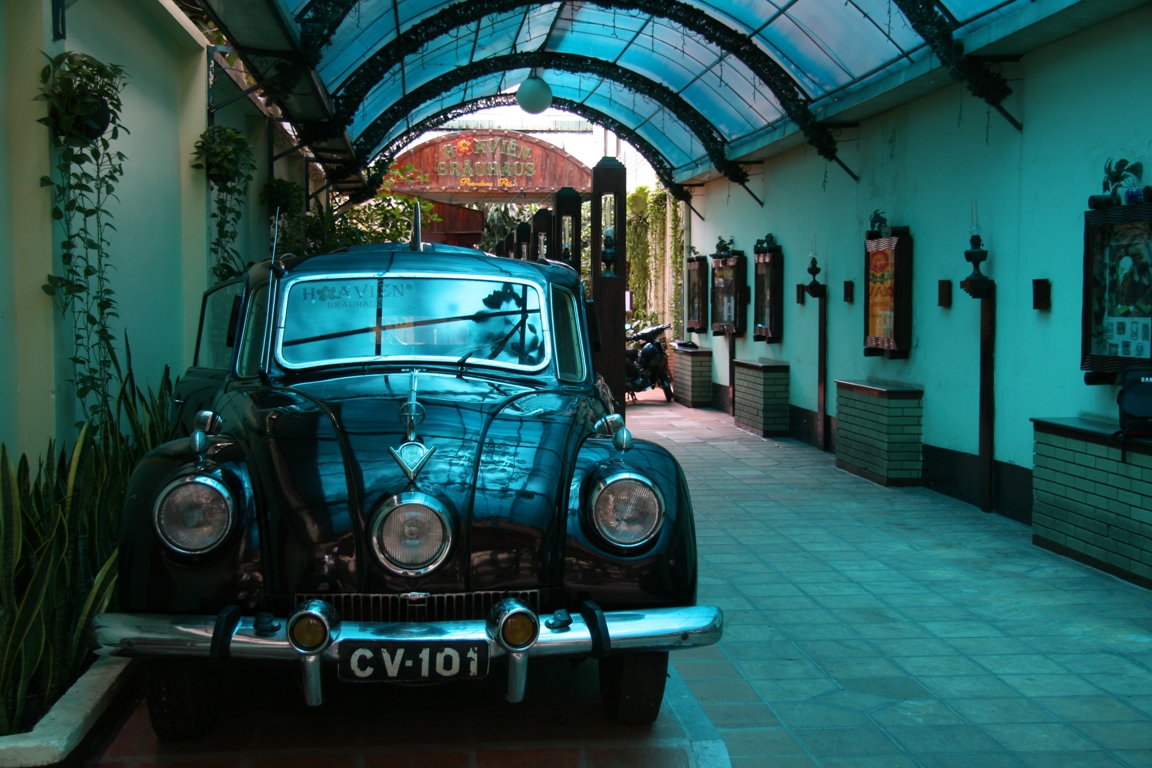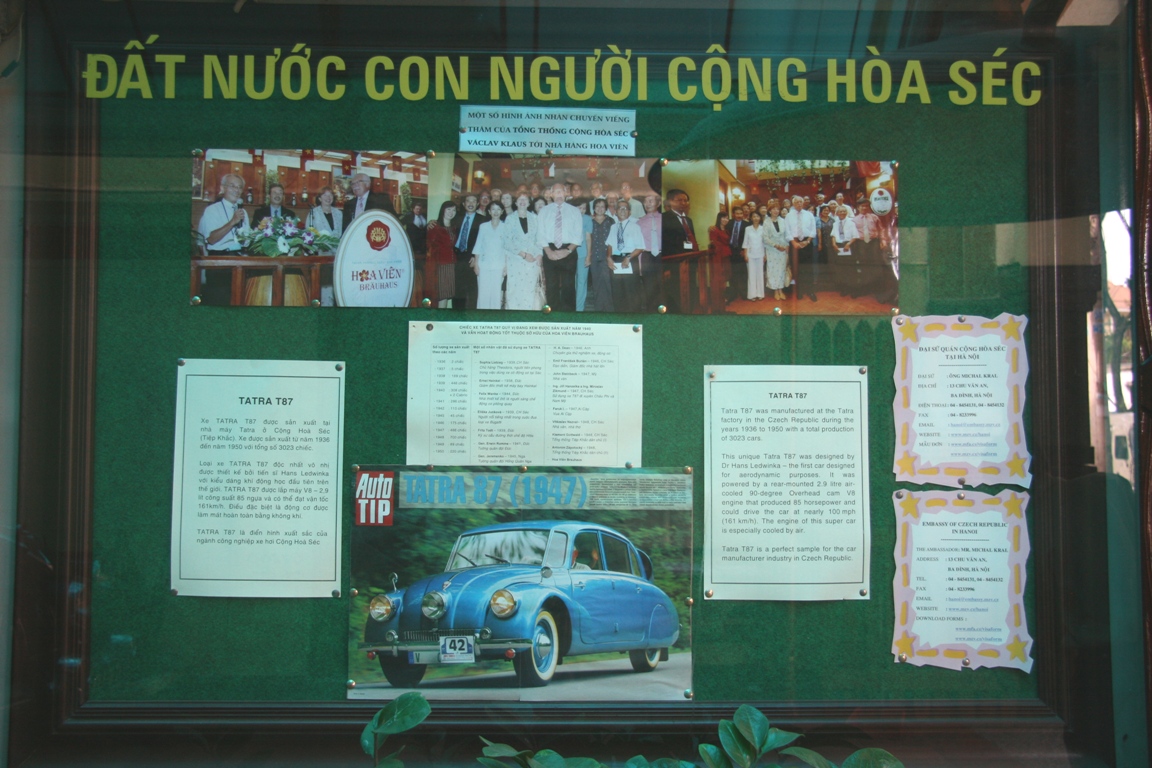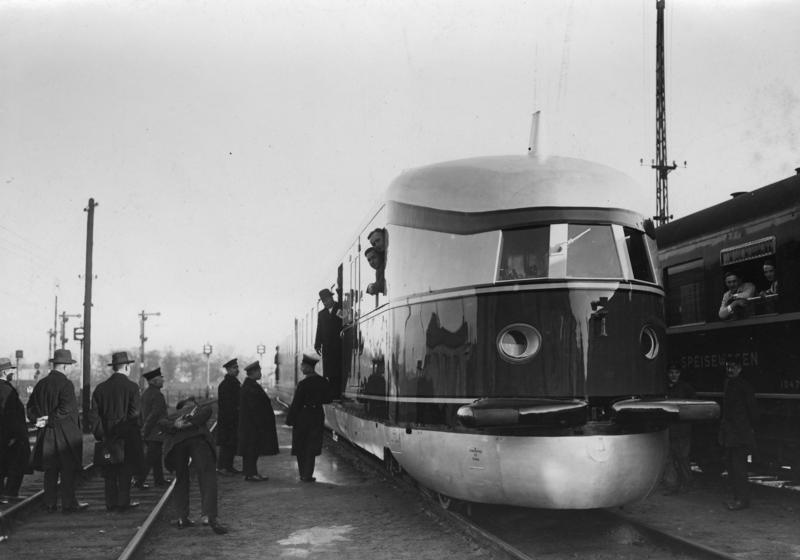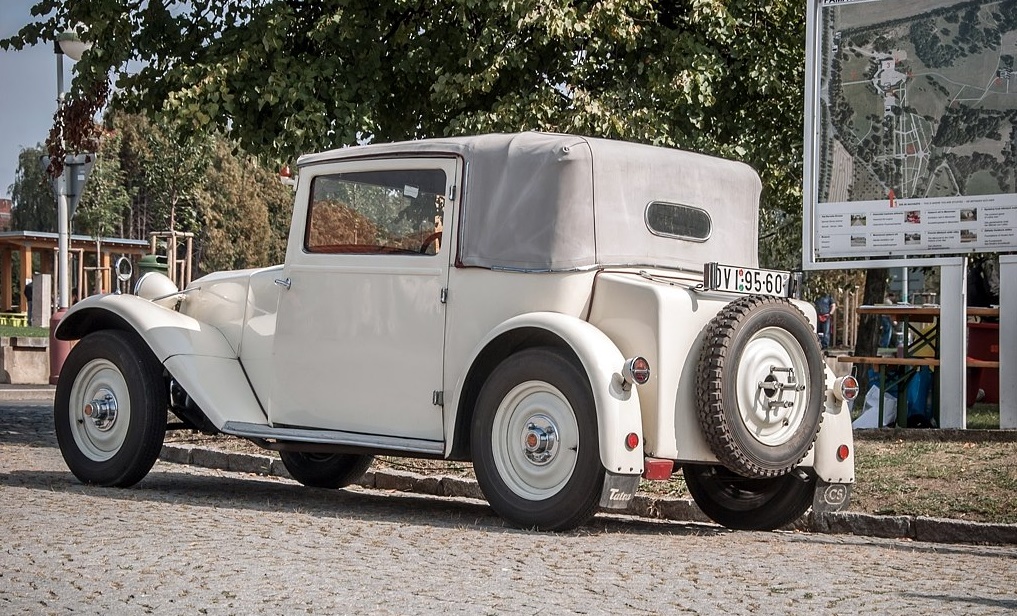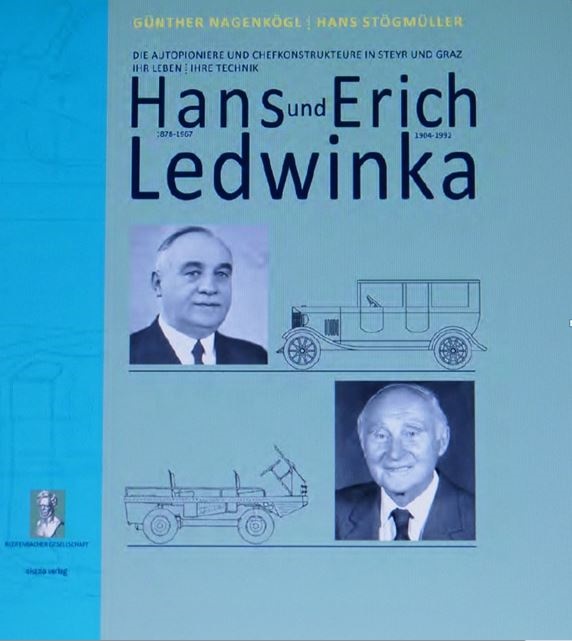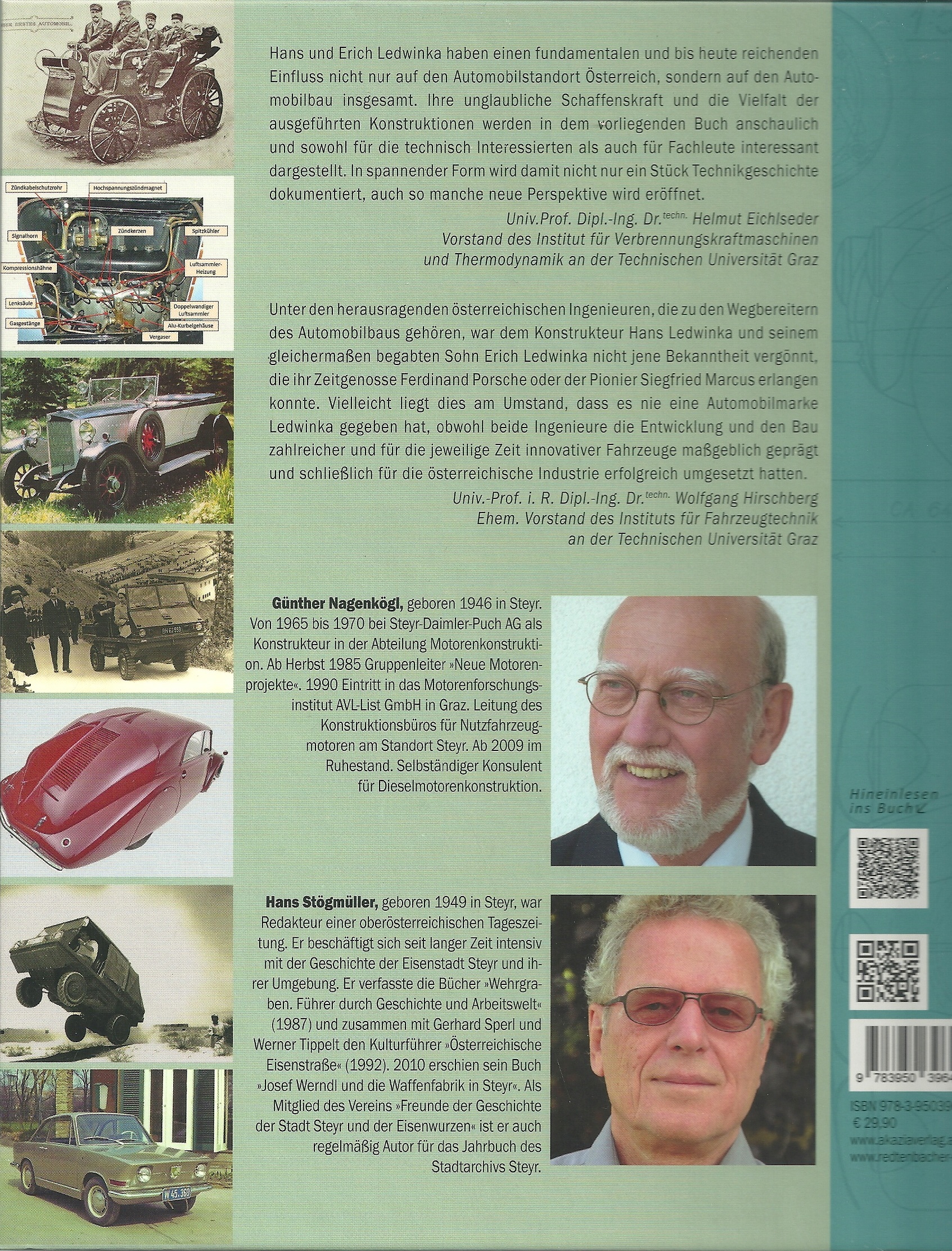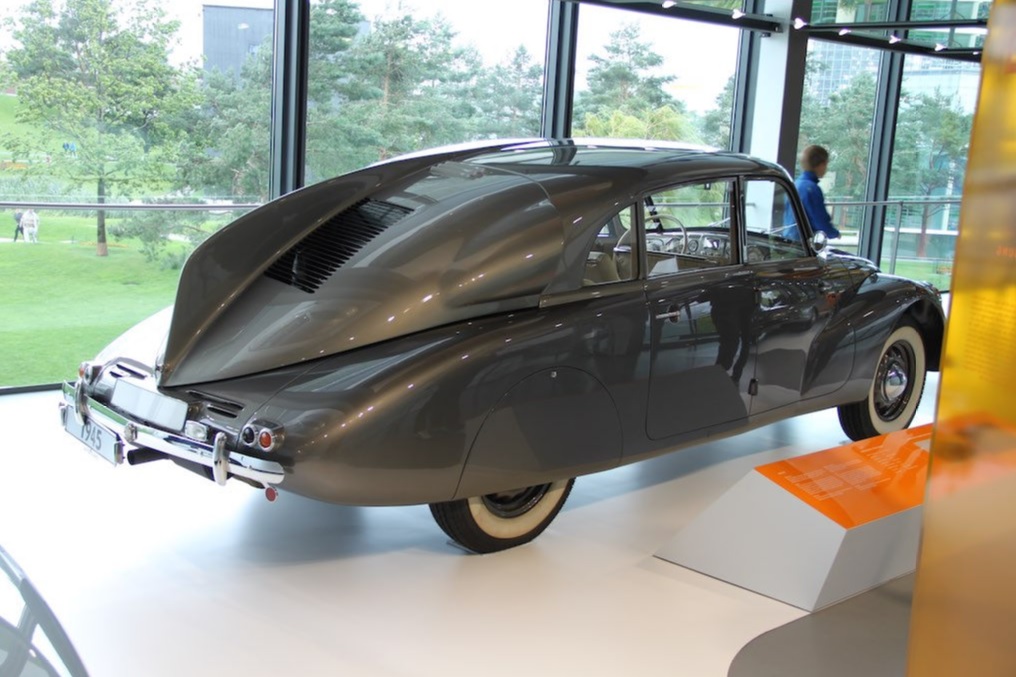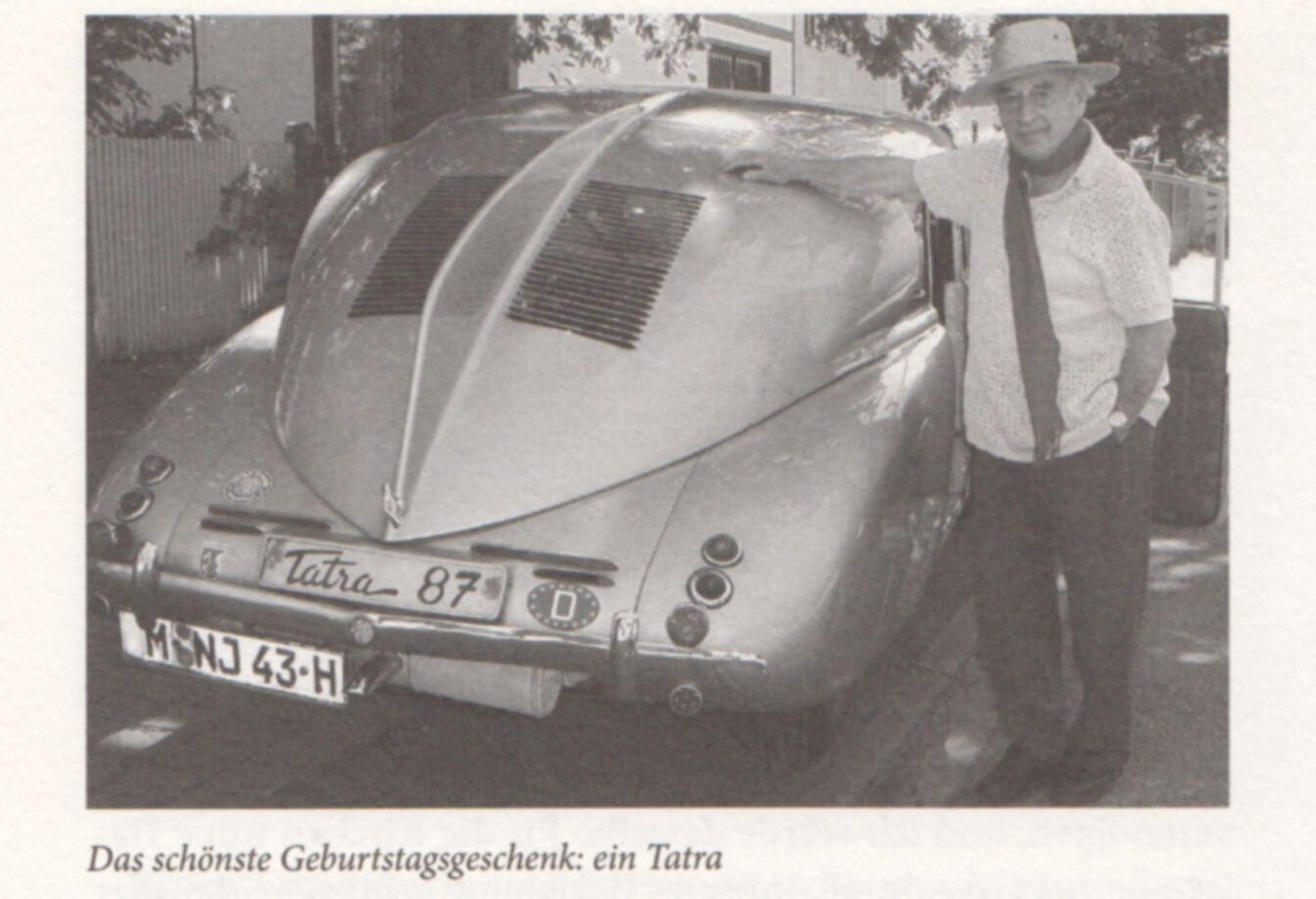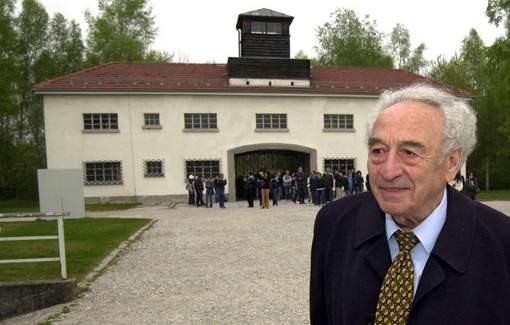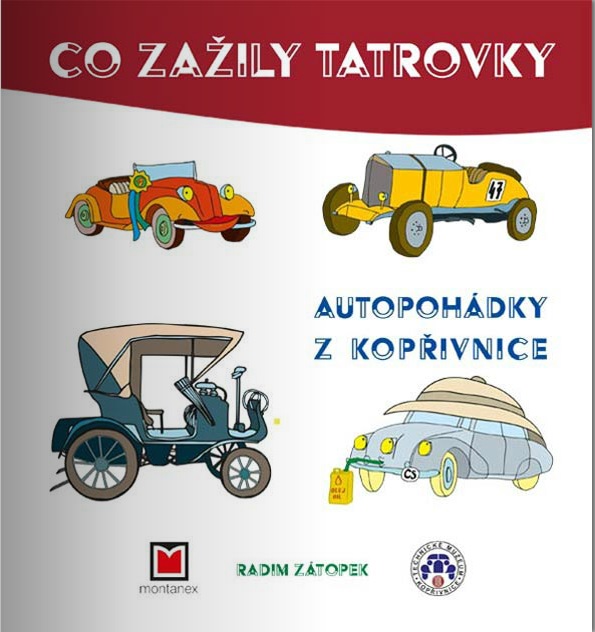Tatra 603 Charismatic representative cars from the 50s to 70s.While some remember him as technically avant-garde designed car, others are associated with one-party rule and everything connected with it. Let’s ride!
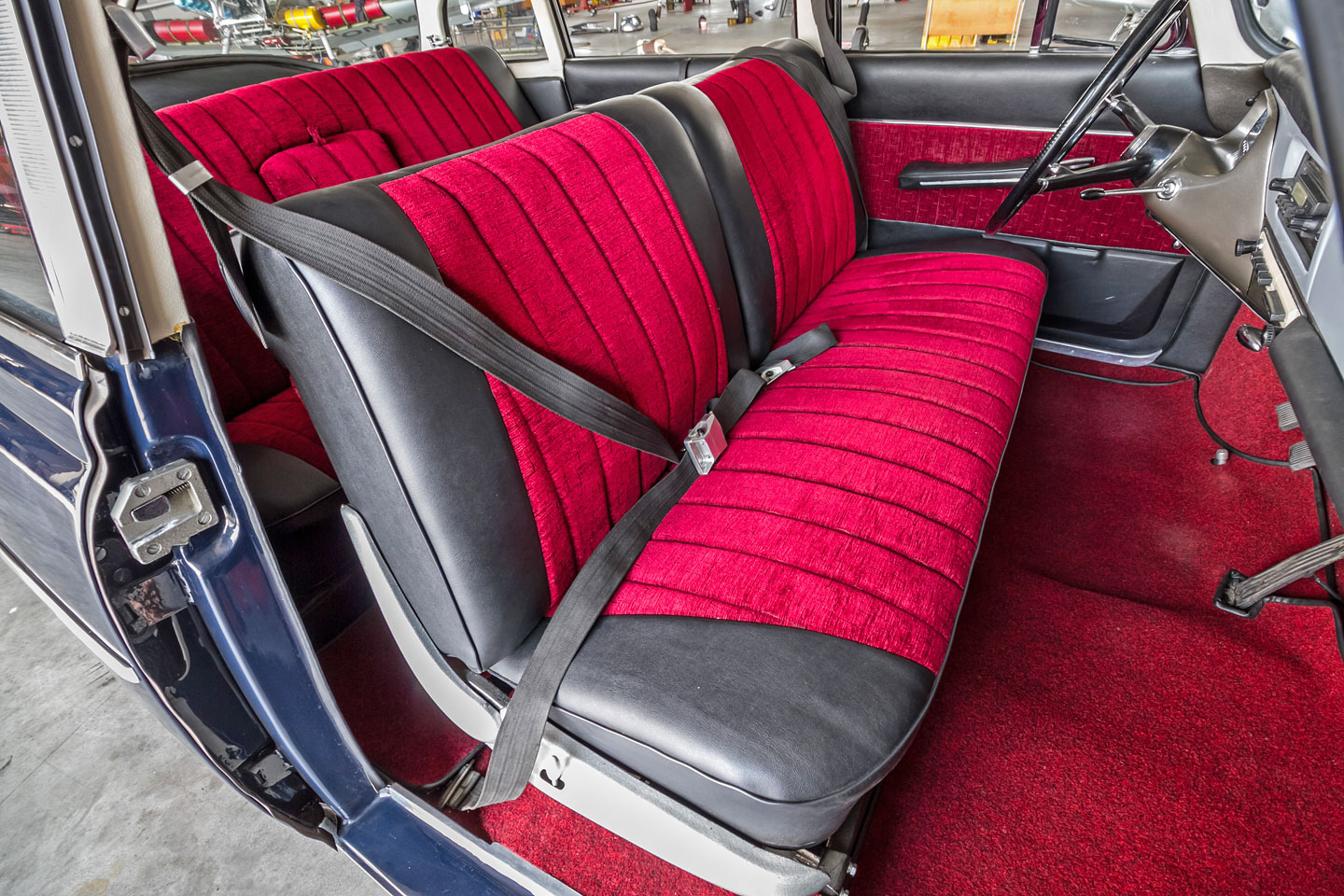
Meeting with Tatra 603 was always a special event. During the time of the previous regime, if you’re not leaders “of his party,” then you might just think that you ride this car, forget about. The only exceptions were “panští coachman,” or personal drivers, whether in companies or administrative spheres of the state.
In doing so since 1959, Tatra 603 available on the open market, thanks Mototechna, a firm which had at times šestsettrojky except Tuzex or car dealership, Autobazar enterprise Jewelry (still wonder what they used cars in common with jewelry and watches), as only allowed to sell cars in Czechoslovakia.
Who then Tatra 603 buy? In addition to the undertakings of which have been mentioned, must be party leaders and then the so-called deserving workers. These included actors, singers or athletes. A special group then imagined “stachanovští” miners (remember the slogan “I’m a miner, who is more?”.
Just for the record, in 1959, was a Tatra 603 in the open market 98,000 crowns, while the average salary in the country amounted to thirteen hundred. In 1964, the price of the car increased to 105,000 crowns, wages grew by about two hundred. In 1969, Tatra 60 “up for grabs” already at 195,000 crowns, but the average wage was still only nineteen hundreds. For comparison, Skoda 100, a car designed “normal working”, was in 1970, 55,000 crowns. Since the 70s it was possible to get the T-603, sometimes as a used car.Mostly from former professional drivers, who are usually the first buyers of a car after removal from government service.
Once, three, today almost always four
Let’s not talk about the Tatra 603 as such. A piece that made by us, was the so-called second series after modernization. You know it already from the vehicle designation “2-603″. The original “duo” went into production in 1964, when he replaced the first edition, the characteristic triad round headlamps. It’s just “trojoká” version, which witnesses in connection with the T603 most mentioned.“Today, those original 603 very little,” says Peter, the owner of a test 603. And he adds: “Most original cars had been rebuilt in time for the mask with four headlights, due to legislation.” Then the historical authenticity of the vehicle never discussed. Unfortunately.
Version 2-603 used since the beginning of the mask “Čtyroký” plus some other bodywork and equipment. Since 1968, the menu already mentioned modernized “deuce” and test the car left the factory gates in 1970. In the context of innovation has strengthened the engineering of the car. Instead of drum brakes were Girling disc brakes licenses and, moreover, worked with an improved vacuum assisted braking effect.
At long “long way”
Tatra 603 truck has been designed especially for overcoming long distances. Former professional drivers routinely rammed it up to 80,000 km per year. This is a substantial portion in the present scales.
First, what surprised us was sophisticated ventilation. Although the outside there was the biggest heat wave last summer, while inside it was warm, but still relatively bearable. Of course while driving. In doing so, in general, the more favorable aerodynamic vehicles that are ventilated cabins harder, so if do not use a variety of additional systems, including air conditioning. The exchange of air in the cabin in the summer well cared dump ‘windows’ front doors and similar paraphernalia behind the second pair side door.
Tatra 603 was six-car. Thus, instead of the front pair of seats found their place benches. Thus, similarly to the van. Sadly, the passenger sitting in the middle did not have a seat belt. In the 50s, however, the passive safety of virtually all unaddressed. Nevertheless, from this perspective, 603 interesting. At the time of its commissioning was expected to seat belts even in the back! Out of that but eventually abandoned.
Front seat comfort is excellent, but some ergonomic regularities forget. The seat is flat as benches in the train. A sitting high up, which in turn facilitates the entry. Even former contemporary press represented sister Světem engines complained that he was sitting “on the seats,” and not in them.
Today’s driver would certainly disillusioned with the huge wheel with incredibly thin rim. In addition, there was an even smaller circle, controlling the horn. Tatra 603 was never equipped with power steering. Due to a slight bow, while the geometry of the front axle with back-pull wisely elected rejdových pins (so-called svisláků) goes steering wheel when parking the car on the spot a little stiff, but it just has to start immediately and pleasantly zlehkne. In principle Tatra 603 servo never needed.
Big wheel was at that time in ordinary cars. Additionally, the role of business drivers Tatra 603 was usually chauffeurs, accustomed to tame trucks. How about you see, control 603 and especially comfort were compared with contemporary trucks essentially incomparable.
What surprised was the pedal arrangement. Due to the concept with the engine mounted longitudinally behind the rear axle, we expected a solution familiar from the recently described Porsche 912E and the original VW Beetle. Thus, the attachment below. U 603 is thus solved only accelerator (the same way that they also have BMW or Mercedes). Conversely, clutch and brakes were hung from the top, as is common today.
Greater attention of designers, however, was dedicated to those who sit in the back. Again, we welcome very soft seats, while here there are also middle armrest. Historical tests have complained about the increased noise from the drive unit, located just behind the rear seatback. Allegedly it was a mixture of tones vyluzovaných exhaustory, thus cooling fans in combination with the actual unit.
Particular attention was paid engineers door opening. Inside handles are actually an extension of the armrest. To open the door it is necessary to pull the lever up. By pushing only ensures the door lock.
Only thus floats
When perfect knowledge of the specifics of the car also needs an experienced driver to quickly and safely ride with Tatra certain period of addiction than captures all of its properties. It is conditional on the dimensions, weight, sensitivity control, short-stroke accelerator, brakes and hardness properties mainly tires. For these matters more than the majority of vehicles on the accuracy of inflation in relation to the load. In terms of ride comfort, road grip, noise and stress within the body of the springs and shock absorbers mainly fluctuations. The car is quiet at high speeds, in the longitudinal plane will not swing an effective stabilizer restrict lateral tilt. Directional stability at speeds above 120 km / h, however, is considerably dependent on the condition of the tires and the shock absorbers, which are subjected to a large suspension stroke (a total of 220 mm). Beware gusts of crosswind, which must be timely podchycovat. Driving at speeds above 120 km / h on our roads already represents a higher degree of “piloting”.
Tatra 603 is a car for a quick and comfortable ride for long distances. In urban korzování its properties can not be fully applied, but here you use an unexpected engine flexibility. On the road tolerates very hard prolonged stress without any harm and can be scrolled through to the second gear 80km / h and the third to over 120 km / h.
And how’s the ergonomics of the driver’s workplace Czechoslovak luxury car? Main and auxiliary controls, drivers are in their natural range, steering wheel fits in the hand, but it is unnecessarily large, making it difficult annealing. As the saying contemporary press: “Behind the wheel Tatra T-603 with a hat on his head not enter without cringing.” Shift under the steering wheel is sensitive to adjustment levers and rods. When properly adjusted, it ranks thin lever under the steering wheel surprisingly easy. Even so, a person says how it ever prove the manufacturer due to the complexity of the control.
Whether šestsettrojka though burdened by historical political context, certainly it is one of the most charismatic car, what with us when it was created. Ride comfort impress today, as well as an unmistakable design. Fans recommend the current edition of the magazine Auto Tip Klasik (based again on January 12), where we tatrováckému jewel detail.
Pros
Tremendous charisma, shapes that have anything not be mis-, driving comfort, highly comfortable suspension, sound and driving expression of the eight-cylinder engine, an investment in the future, sturdy brakes (especially since 1968), driving dynamics, surprisingly precise shifting, each car is original (the car is constantly improving continuously)
minuses
Corrosion of the body, some specific control position behind the wheel, the high price of cars in their original condition (even higher after renovation), for some some controversy
Photo: David Rajdl
Tatra 2-603 (1970) – selected technical data
Engine Atmospheric air-cooled eight-cylinder fork
Displacement [cm 3] 2472
Cylinders / valves 8/2
The greatest power [kW / min] 77/4800 (rather befits write 105 hp)
Torque [Nm / min] 170/4000
Transmission 4M
Max. speed [km / h] 160
Acceleration 0-100 km / h [s] Not stated
Standardized consumption [l / 100 km] 12.5
Dimensions (LxWxH) [mm] 4995 x 1895 x 1530
Wheelbase [mm] 2750
Curb weight [kg] 1510
The acquisition price in 1969 [CSK] 195.000
original url:http://www.auto.cz/za-volantem-tatry-2-603-obdivovana-zatracovana-91815
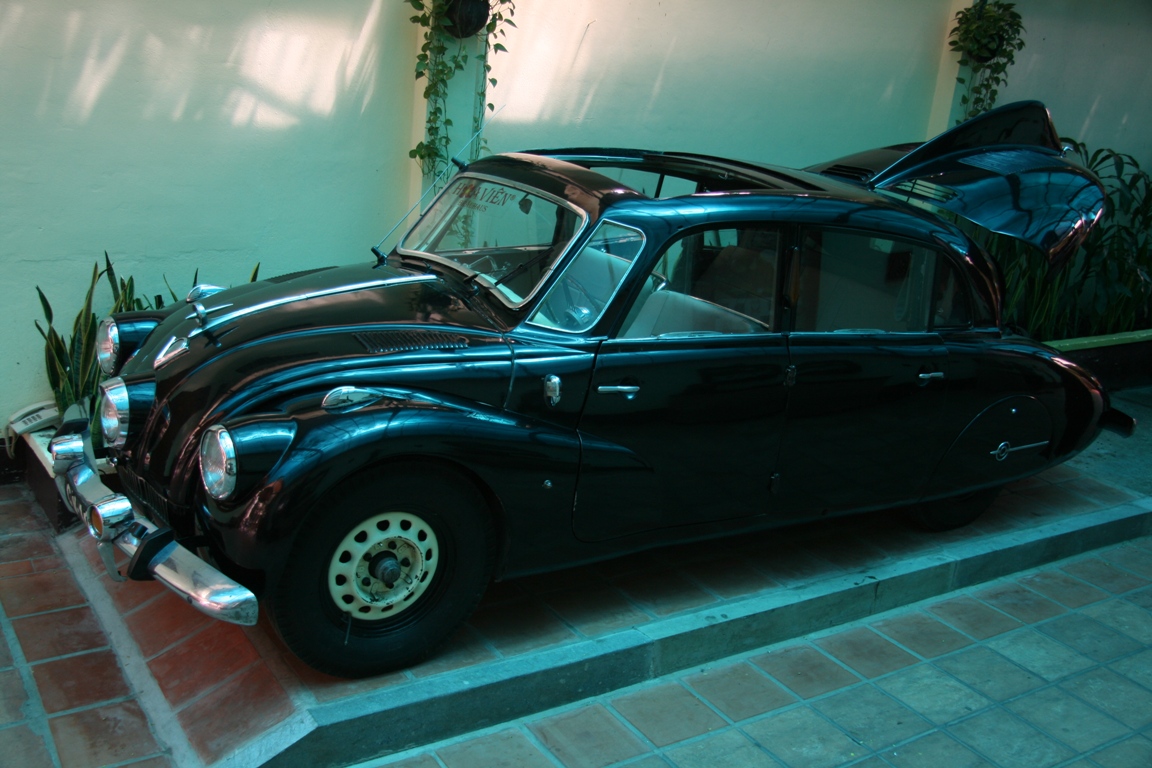
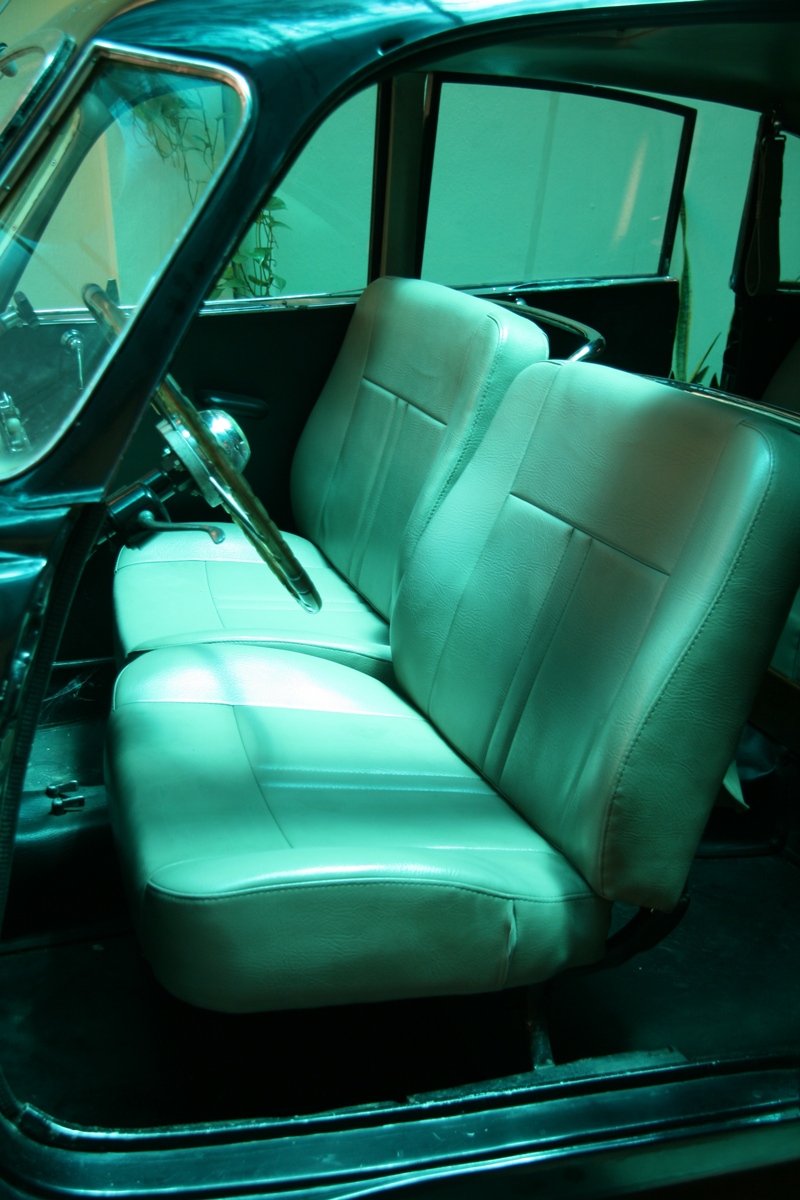
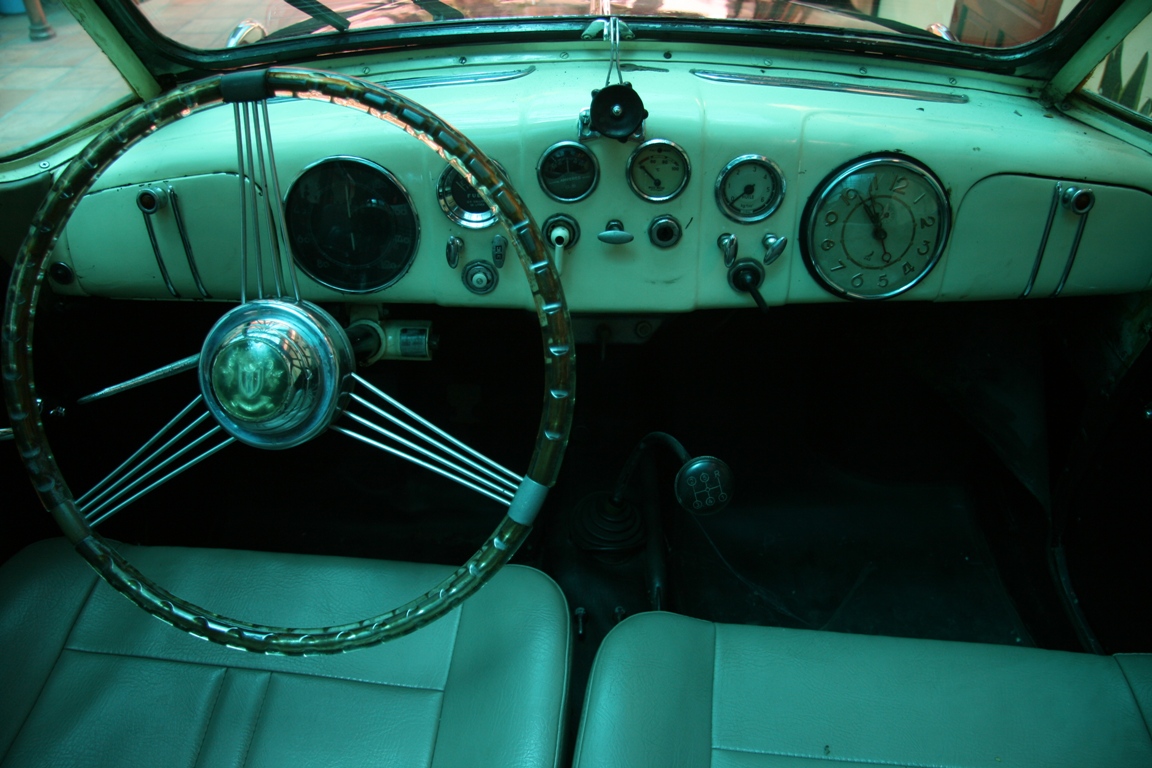

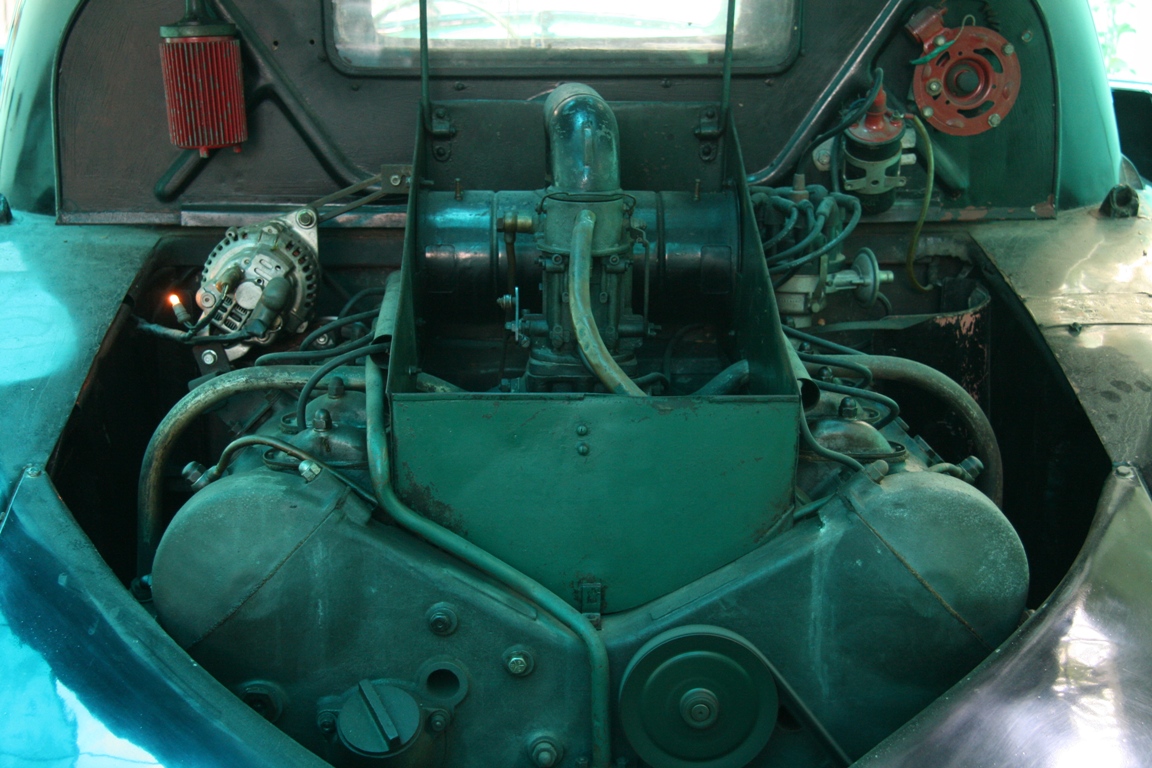
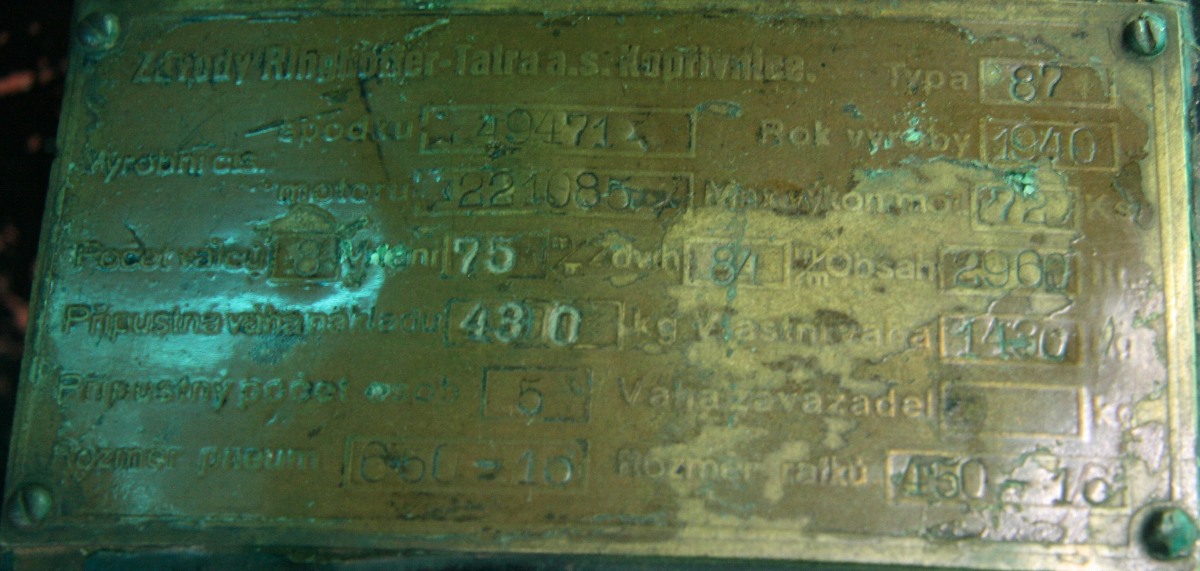 The label (name-plate) originally attached to the engine compartment.
The label (name-plate) originally attached to the engine compartment.